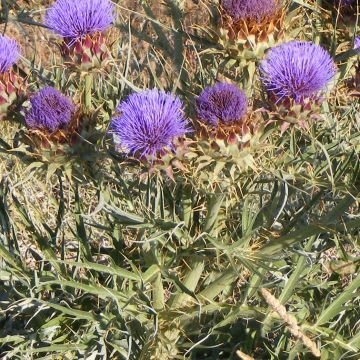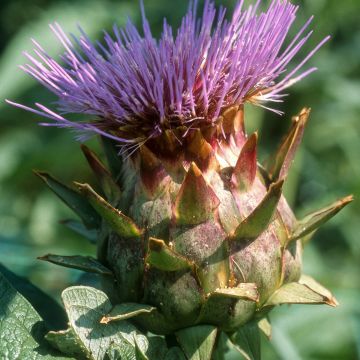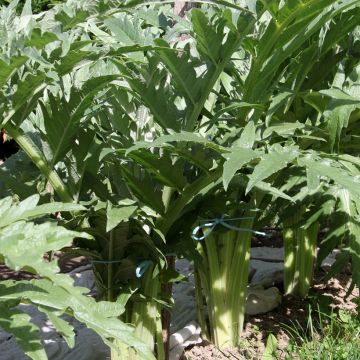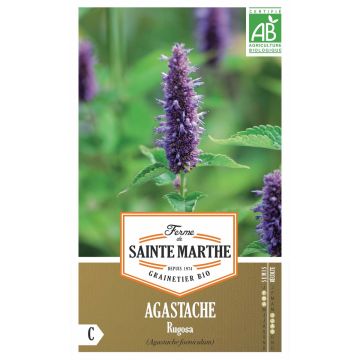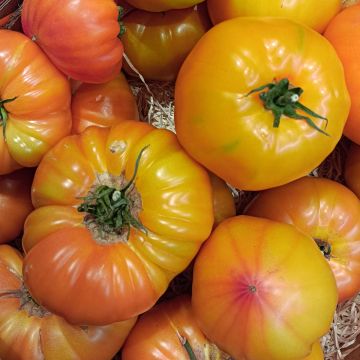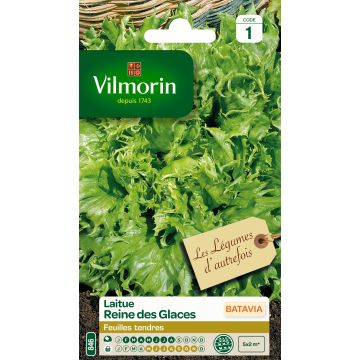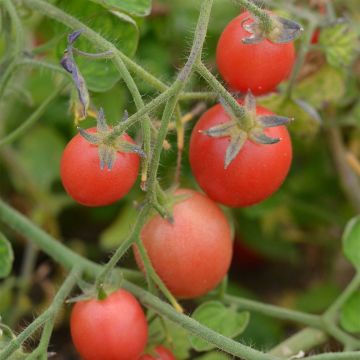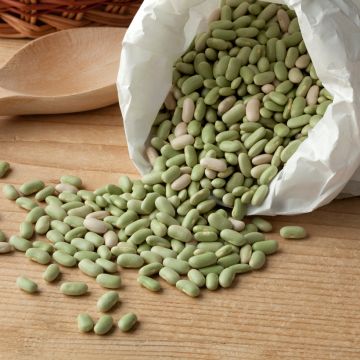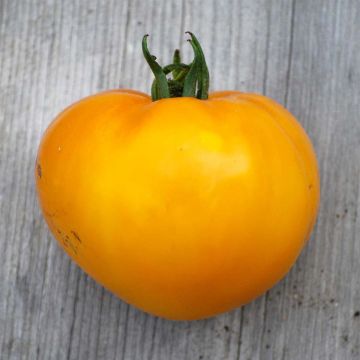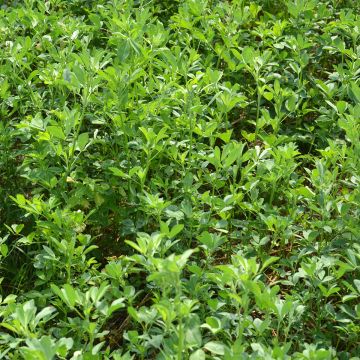

Cynara cardunculus improved white-flowered - cardoon seeds
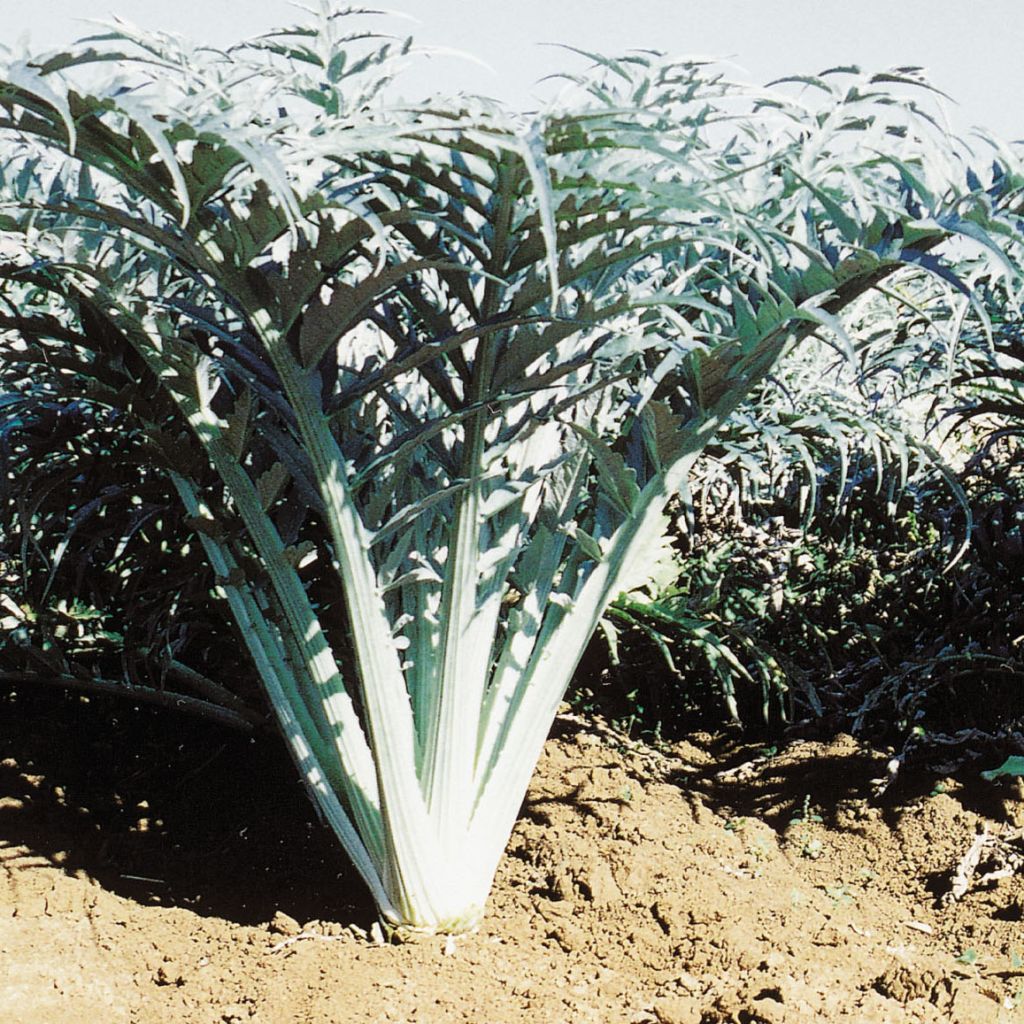

Cynara cardunculus improved white-flowered - cardoon seeds
Cynara cardunculus improved white-flowered - cardoon seeds
Cynara cardunculus blanc Ameliore
Cardoon, Artichoke Thistle
Roach thrive without any issues on the causse de gramat with a water supply.
Eliane F., 26/08/2017
Special offer!
Receive a €20 voucher for any order over €90 (excluding delivery costs, credit notes, and plastic-free options)!
1- Add your favorite plants to your cart.
2- Once you have reached €90, confirm your order (you can even choose the delivery date!).
3- As soon as your order is shipped, you will receive an email containing your voucher code, valid for 3 months (90 days).
Your voucher is unique and can only be used once, for any order with a minimum value of €20, excluding delivery costs.
Can be combined with other current offers, non-divisible and non-refundable.
Why not try an alternative variety in stock?
View all →This plant carries a 6 months recovery warranty
More information
We guarantee the quality of our plants for a full growing cycle, and will replace at our expense any plant that fails to recover under normal climatic and planting conditions.
Description
The Improved White Cardoon is a hardy and vigorous variety that combines several qualities: thornless, voluminous, wide and fleshy stalks, finely cut leaves that easily turn white, and good storage ability. Sow from March to July for harvests from July to November.
Cardoons and artichokes belong to the same family, and the two plants are actually very similar: they have the same finely cut, characteristic silver-grey foliage, and they both produce large flower heads that resemble thistles (another cousin in the family) and range in flower colour from indigo to violet. However, while artichokes are cultivated for their floral buds, cardoons are grown for the central vein of their foliage. The cardoon flower is edible but much tougher than the artichoke. Once blanched, the cardoon stalk or stalk can be prepared in gratins, mashed, juiced, used for its pith, or served as a side dish with meat.
The cardoon thrives in rich, organic, well-drained soil. It should be positioned in a sunny location if possible. At maturity, it can reach a height of 2m and a width of 1.50m if the stalks have not been cut for blanching.
Cultivation: a few weeks before harvest for heirloom varieties, the stalks should be allowed to blanch. To do this, gather the leaves and cover them with cardboard or an opaque film, making sure to allow air circulation. Mound the soil around the plants with 25-30cm of earth to stabilise them. With this technique, the leaves no longer receive light. Without photosynthesis, the leaves become tender and turn white. A few weeks later, they are ready to be harvested.
Harvest: wear gloves, especially for thorny varieties. Pull up the entire root ball and place the leaves in a well-ventilated area, protected from light. When stored correctly, the stalks can be preserved and consumed throughout the winter.
Gardener's tip: promote crop rotation, especially by planting cardoons after legumes which enrich the soil with nitrogen. Replant the cardoon in the same spot after a minimum four-year rotation. The cardoon is nutrient-demanding.
Organic or "AB" seeds come from plants grown in organic agriculture (without the use of pesticides). They undergo no treatment after harvest. These seeds are suitable for organic market gardening.
Report an error about the product description
Harvest
Plant habit
Foliage
Botanical data
Cynara
cardunculus
blanc Ameliore
Asteraceae
Cardoon, Artichoke Thistle
Cultivar or hybrid
Biennial
Other Cardoon seeds
View all →Planting and care
Growing in a greenhouse: Cardoon can be grown in trays in cold greenhouses from March to May. Use rich soil with added well-rotted compost. Dig holes a few cm deep and place a few cardoon seeds in each hole. Thin out by choosing the strongest seedling when they have three leaves. Once they are strong enough to handle, plant them in open ground, making sure to space them about a metre apart in all directions.
Outdoor cultivation: From May to July, when the soil is completely warmed up, start by adding well-decomposed compost to your soil. Loosen the soil and plant 3 to 4 seeds in holes about 3 to 4 cm deep. Water generously immediately. When the seedlings have at least three leaves, thin out by keeping only the strongest plants. Each plant should be spaced at least a metre apart. Harvesting from July to October, about 5 months after spring sowing.
Seedlings
Care
Intended location
-
, onOrder confirmed
Reply from on Promesse de fleurs
Similar products
Haven't found what you were looking for?
Hardiness is the lowest winter temperature a plant can endure without suffering serious damage or even dying. However, hardiness is affected by location (a sheltered area, such as a patio), protection (winter cover) and soil type (hardiness is improved by well-drained soil).

Photo Sharing Terms & Conditions
In order to encourage gardeners to interact and share their experiences, Promesse de fleurs offers various media enabling content to be uploaded onto its Site - in particular via the ‘Photo sharing’ module.
The User agrees to refrain from:
- Posting any content that is illegal, prejudicial, insulting, racist, inciteful to hatred, revisionist, contrary to public decency, that infringes on privacy or on the privacy rights of third parties, in particular the publicity rights of persons and goods, intellectual property rights, or the right to privacy.
- Submitting content on behalf of a third party;
- Impersonate the identity of a third party and/or publish any personal information about a third party;
In general, the User undertakes to refrain from any unethical behaviour.
All Content (in particular text, comments, files, images, photos, videos, creative works, etc.), which may be subject to property or intellectual property rights, image or other private rights, shall remain the property of the User, subject to the limited rights granted by the terms of the licence granted by Promesse de fleurs as stated below. Users are at liberty to publish or not to publish such Content on the Site, notably via the ‘Photo Sharing’ facility, and accept that this Content shall be made public and freely accessible, notably on the Internet.
Users further acknowledge, undertake to have ,and guarantee that they hold all necessary rights and permissions to publish such material on the Site, in particular with regard to the legislation in force pertaining to any privacy, property, intellectual property, image, or contractual rights, or rights of any other nature. By publishing such Content on the Site, Users acknowledge accepting full liability as publishers of the Content within the meaning of the law, and grant Promesse de fleurs, free of charge, an inclusive, worldwide licence for the said Content for the entire duration of its publication, including all reproduction, representation, up/downloading, displaying, performing, transmission, and storage rights.
Users also grant permission for their name to be linked to the Content and accept that this link may not always be made available.
By engaging in posting material, Users consent to their Content becoming automatically accessible on the Internet, in particular on other sites and/or blogs and/or web pages of the Promesse de fleurs site, including in particular social pages and the Promesse de fleurs catalogue.
Users may secure the removal of entrusted content free of charge by issuing a simple request via our contact form.
The flowering period indicated on our website applies to countries and regions located in USDA zone 8 (France, the United Kingdom, Ireland, the Netherlands, etc.)
It will vary according to where you live:
- In zones 9 to 10 (Italy, Spain, Greece, etc.), flowering will occur about 2 to 4 weeks earlier.
- In zones 6 to 7 (Germany, Poland, Slovenia, and lower mountainous regions), flowering will be delayed by 2 to 3 weeks.
- In zone 5 (Central Europe, Scandinavia), blooming will be delayed by 3 to 5 weeks.
In temperate climates, pruning of spring-flowering shrubs (forsythia, spireas, etc.) should be done just after flowering.
Pruning of summer-flowering shrubs (Indian Lilac, Perovskia, etc.) can be done in winter or spring.
In cold regions as well as with frost-sensitive plants, avoid pruning too early when severe frosts may still occur.
The planting period indicated on our website applies to countries and regions located in USDA zone 8 (France, United Kingdom, Ireland, Netherlands).
It will vary according to where you live:
- In Mediterranean zones (Marseille, Madrid, Milan, etc.), autumn and winter are the best planting periods.
- In continental zones (Strasbourg, Munich, Vienna, etc.), delay planting by 2 to 3 weeks in spring and bring it forward by 2 to 4 weeks in autumn.
- In mountainous regions (the Alps, Pyrenees, Carpathians, etc.), it is best to plant in late spring (May-June) or late summer (August-September).
The harvesting period indicated on our website applies to countries and regions in USDA zone 8 (France, England, Ireland, the Netherlands).
In colder areas (Scandinavia, Poland, Austria...) fruit and vegetable harvests are likely to be delayed by 3-4 weeks.
In warmer areas (Italy, Spain, Greece, etc.), harvesting will probably take place earlier, depending on weather conditions.
The sowing periods indicated on our website apply to countries and regions within USDA Zone 8 (France, UK, Ireland, Netherlands).
In colder areas (Scandinavia, Poland, Austria...), delay any outdoor sowing by 3-4 weeks, or sow under glass.
In warmer climes (Italy, Spain, Greece, etc.), bring outdoor sowing forward by a few weeks.































